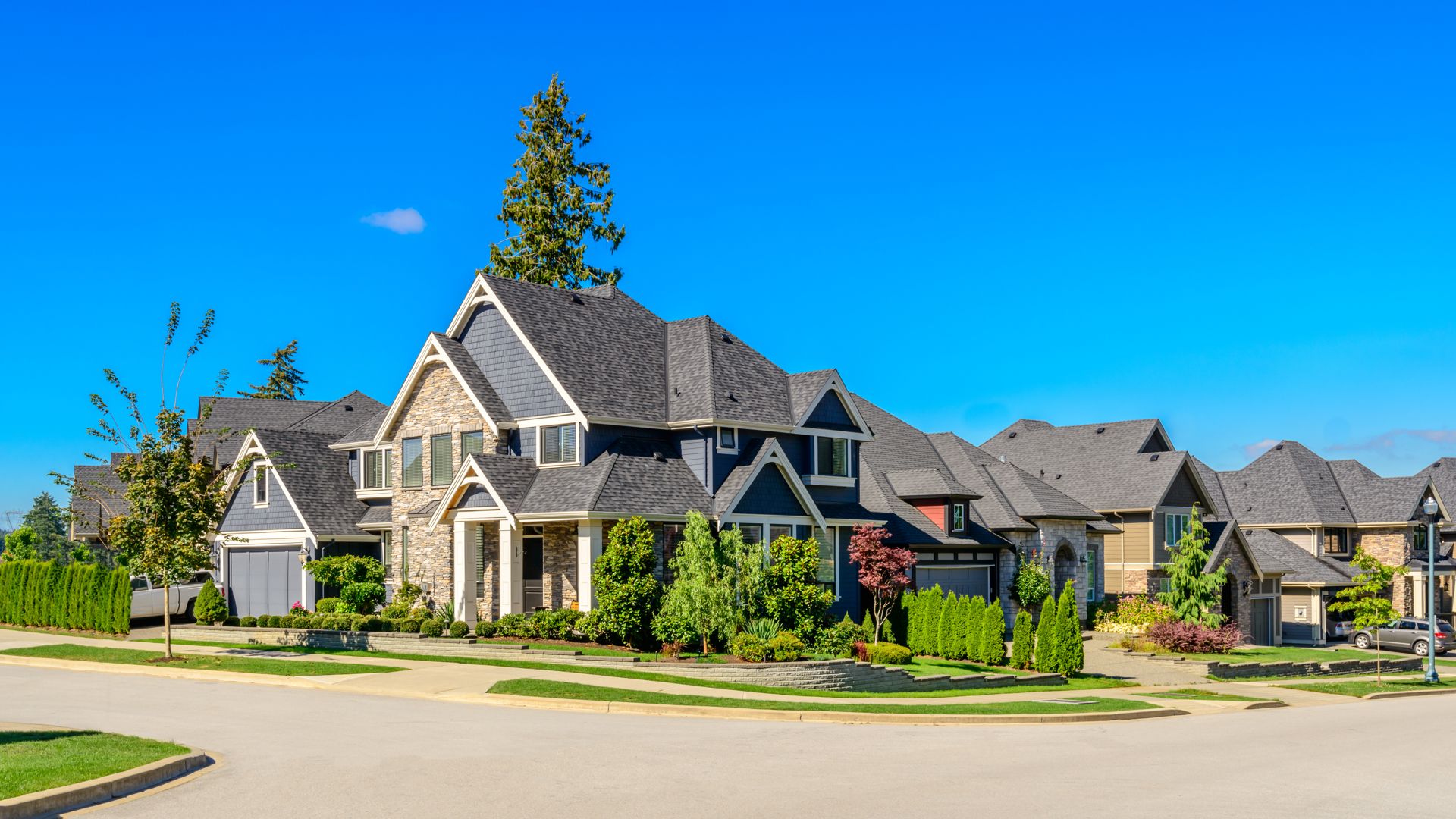If you’re a Colorado resident, you’re probably no stranger to the array of local wildlife we share our beautiful state with. While these critters can be a delight to observe in their natural habitats, their interactions with our homes, specifically our roofs, can sometimes result in less than pleasant outcomes. This blog will shed light on the types of animals that pose a risk to your roof, provide practical advice on mitigating these issues, and explain what to do if roof damage occurs.
Types of Animals that Can Damage Your Roof
The many wooded, rural, and suburban areas in our state are home to thriving animal populations, which can quickly work their way into your home if left unchecked. Even the smallest of these animals can cause thousands of dollars in damage.
Your roof is just one of the most common entry points for a variety of critters. Small animals will enter through areas like vents and small gaps in your roof’s shingles. Here are 5 small animals you should look out for in Colorado:
- Squirrels:
These small creatures can be quite destructive. A squirrel’s teeth are constantly growing, so they need to keep them trim by chewing—and they are not picky as to what they chew on. They have the ability to chew through wood, plastic, and other soft materials to create entry points into your attic.
Their constant gnawing not only weakens your roof structure but also exposes it to the elements, causing further damage. If you hear rustling sounds or find small wood chips or chewed sections in your attic, it may be squirrels and it’s time to schedule a roof inspection.
- Raccoons:
Raccoons are notorious for their dexterity and strength. They can easily tear off loose shingles, vent covers, and soffits to gain access to the warmth and safety of your attic. Once inside, they can cause significant damage to your insulation and wiring. These critters are often drawn to homes that can provide a food source for them, such as properties that have bird feeders, outdoor pet food containers, or loosely sealed garbage cans.
- Birds:
While birds themselves do not typically cause structural damage, their nests can block gutters and drainpipes, leading to pooling water and causing water damage to your roof. However, certain species, like woodpeckers, can cause significant damage by drilling holes into your roof while searching for insects. These holes can result in leaks and weak spots in your roof if not addressed promptly.
- Bats:
Bat infestations can lead to significant damage over time. Their guano (droppings) are not only highly acidic, which can erode roofing materials over time, but they also deposit their droppings in piles, which can lead to mold or fungus growth—penetrating your roof and weakening the structure over time.
- Mice & Rats:
These rodents love to burrow and gnaw through nearly anything, including your roof. Similar to squirrels, they can create entry points, leading to leaks and deterioration of your roof’s structure. Both mice and rats are excellent climbers and are able to take advantage of incredibly small gaps—making the most of any vulnerabilities already present in your roof. This can include wiggling between loose shingles or exploiting damaged vents. One thing to take note of is that these animals are known to chew through wiring, which can cause electrical fires.
How to Protect Your Roof from Animal-Related Damage
Mitigating the impact of wildlife on your roof involves a mix of preventative measures and timely intervention. Ways to guard against animal-related roof damage include:
- Install animal barriers: Utilize animal-proofing techniques, such as vent guards, chimney caps, and durable soffit and fascia materials to prevent animals from entering your home.
- Trim overhanging branches: Regularly trim any branches close to your roof to eliminate easy routes for animals.
- Maintain cleanliness: Ensure your property’s exterior is clean and free of potential food sources such as pet food or bird feeders that may attract wildlife.
- Consult pest control professionals: Seek the help of a professional pest control company for safe removal of any existing wildlife infestations and receive advice on further preventative measures.
- Schedule regular roof inspections: Routine roof inspections can help identify any early signs of animal-related damage, allowing for timely intervention and repair.
- Keep your gutters clean: Regular cleaning of gutters eliminates the opportunity for animals like birds and squirrels to nest, thereby preventing potential roof damage and maintaining the integrity of your home’s structure.
Even small cracks or loose shingles can be an opportunity for wildlife to infiltrate your home and further damage your roof. When you partner with a professional roofing company, like our team at Columbine Roofing & Solar, you’re investing in more than just roof repairs—you’re investing in the security and longevity of your home. Our experienced roofers are skilled in identifying potential vulnerabilities and implementing effective defenses against animal-related damage.
From conducting roof inspections to gutter services and ongoing maintenance, we offer comprehensive services designed to uphold the integrity of your roof, no matter what Mother Nature has in store.
Remember, prevention is the best strategy when it comes to protecting your roof from wildlife-related damage. So, let our team help safeguard your home, allowing you to enjoy Colorado’s abundant wildlife worry-free.
If it has been a while since your last roof inspection, and you live in the Longmont or Thornton area, call us at (303) 952-4242 to schedule an appointment today!
